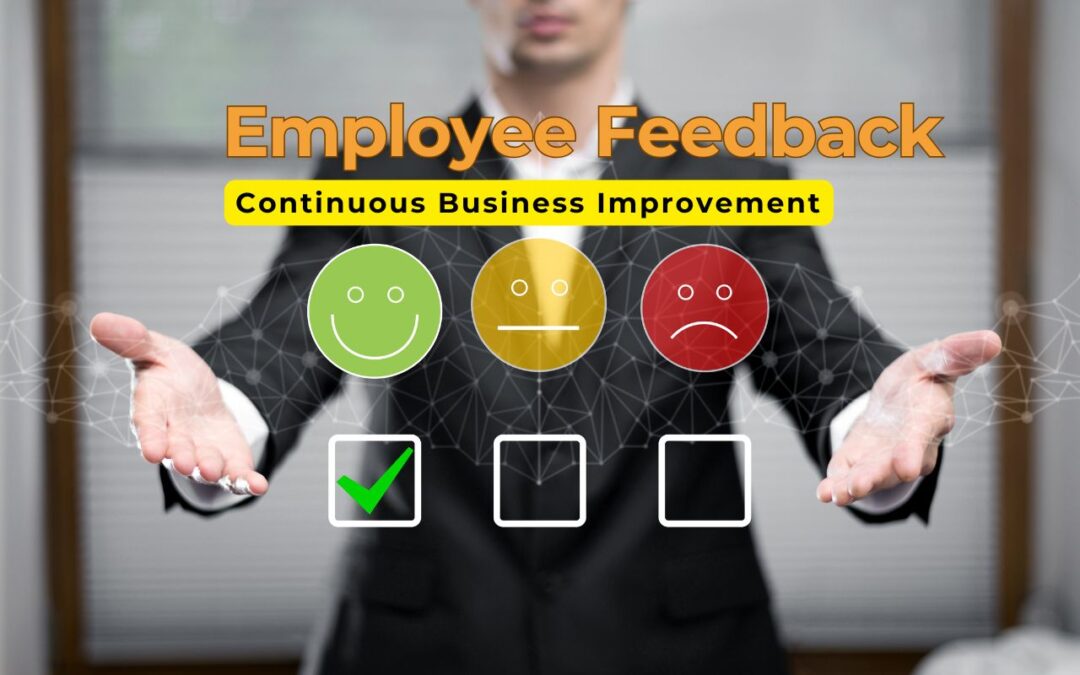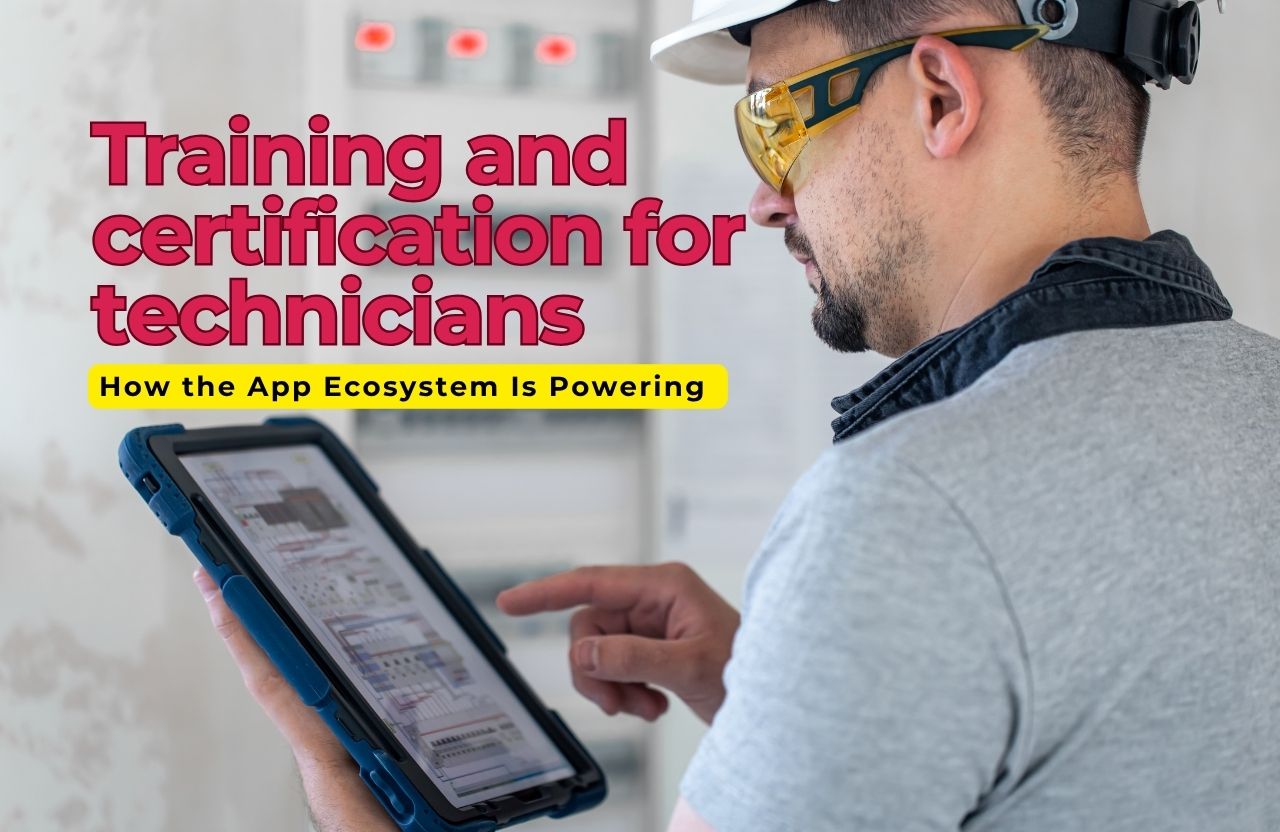In today’s rapidly changing business environment, adaptability and improvement are not luxuries but necessities. Businesses that embrace continuous improvement as a core value tend to outperform their competitors in terms of productivity, employee engagement, customer satisfaction, and innovation. At the heart of any successful continuous improvement strategy lies one critical element: employee feedback.
Employees are the lifeblood of any organization. They interact with systems, processes, customers, and each other daily, making them uniquely positioned to identify issues, inefficiencies, and opportunities for innovation. Organizations that actively seek, value, and act upon employee feedback foster a culture of openness, trust, and agility. In this blog, we will explore the multifaceted role that employee feedback plays in driving continuous business improvement and offer strategies to effectively implement feedback mechanisms that lead to meaningful change.
1. Understanding Employee Feedback
Employee feedback encompasses a wide array of information, including suggestions, concerns, observations, critiques, and even praise shared by employees about their work environment, processes, leadership, and overall company direction. This feedback can be:
- Formal: Through structured channels like performance reviews, surveys, suggestion boxes, or feedback tools.
- Informal: Through everyday conversations, team meetings, emails, or spontaneous discussions.
Understanding that feedback is more than just criticism is crucial. Constructive feedback, whether positive or negative, can serve as a powerful catalyst for identifying problems and initiating improvements.
2. Why Employee Feedback Matters
Employee feedback is a vital component of a healthy organizational ecosystem. Here’s why it matters:
- Enhances Operational Efficiency: Employees often have first-hand knowledge of inefficiencies that managers or executives may not see.
- Boosts Employee Engagement: When employees see their feedback being taken seriously, it builds trust and commitment.
- Encourages Innovation: Employees on the ground often come up with creative solutions and suggestions for better workflows.
- Reduces Turnover: Engaged employees who feel heard are less likely to leave an organization.
- Improves Customer Satisfaction: Employees can relay valuable insights from customer interactions that help refine services or products.
3. Creating a Feedback-Driven Culture
Building a feedback-driven culture starts at the top. Leaders must model receptiveness to feedback and foster a safe environment where every employee feels their voice matters. Here are key steps to cultivating such a culture:
- Promote Psychological Safety: Employees need to feel safe sharing honest feedback without fear of retaliation.
- Lead by Example: Leaders who ask for and act on feedback set a powerful precedent.
- Normalize Continuous Feedback: Encourage ongoing conversations rather than relying solely on annual reviews.
- Train Managers: Equip managers with the skills to receive, interpret, and act on feedback effectively.
- Celebrate Contributions: Acknowledge employees whose feedback leads to positive change.
4. Tools and Channels for Gathering Feedback
Organizations must provide multiple channels for employees to share feedback comfortably and efficiently. Some effective tools include:
- Surveys and Polls: Quick pulse surveys or detailed questionnaires can gather quantitative and qualitative data.
- One-on-One Meetings: Regular check-ins between managers and team members allow for personalized feedback.
- Anonymous Feedback Platforms: Tools like Officevibe, TinyPulse, or SurveyMonkey encourage candid input.
- Suggestion Boxes (Digital or Physical): Simple but effective, especially when acted upon.
- Town Hall Meetings: Open forums where leadership can listen to collective employee concerns.
5. Turning Feedback into Action
Collecting feedback is only half the battle. The real value lies in what you do with it. Here’s how to effectively turn feedback into business improvement:
- Analyze Feedback Systematically: Look for trends, recurring issues, and themes.
- Prioritize Issues: Focus on high-impact areas that align with business goals.
- Develop Action Plans: Create specific, measurable, achievable, relevant, and time-bound (SMART) goals.
- Communicate Clearly: Keep employees informed on how their feedback is being used.
- Follow Up: Evaluate the impact of implemented changes and refine them as needed.
6. Case Studies: Employee Feedback in Action
Google: Google is renowned for its open culture, where feedback is integral to every level of the organization. Its famous “20% time” policy, which encourages employees to spend a portion of their time on side projects, led to the creation of Gmail and AdSense.
Toyota: Known for its “Kaizen” philosophy (continuous improvement), Toyota empowers its frontline workers to halt production if they spot an issue, ensuring quality and efficiency are never compromised.
Adobe: Adobe replaced traditional annual performance reviews with the “Check-In” system, where managers and employees have regular informal conversations. This shift, based on employee feedback, improved engagement and productivity.
7. Overcoming Challenges in Feedback Implementation
While the benefits of employee feedback are clear, implementation is not without challenges:
- Fear of Reprisal: Employees may hesitate to share honest feedback.
- Feedback Fatigue: Too many surveys with no visible outcomes can demotivate employees.
- Bias and Misinterpretation: Feedback can be subjective and open to misinterpretation.
- Lack of Follow-Through: Failing to act on feedback can erode trust.
Solutions:
- Encourage anonymous feedback channels.
- Limit the frequency of surveys but ensure quality and relevance.
- Train leaders to interpret and act on feedback objectively.
- Create a visible feedback-action loop where employees can see outcomes.
8. Measuring the Impact of Employee Feedback
To ensure that feedback initiatives are yielding desired outcomes, it’s crucial to track their impact. Key metrics might include:
- Employee Engagement Scores
- Turnover and Retention Rates
- Productivity Levels
- Customer Satisfaction Scores
- Quality and Efficiency Improvements
Regularly reviewing these metrics can help organizations fine-tune their feedback mechanisms and better align them with their strategic goals.
9. Future Trends: Employee Feedback and Technology
Technology is revolutionizing the way organizations collect and utilize feedback. Emerging trends include:
- AI-Powered Sentiment Analysis: Tools that analyze employee comments for tone and mood.
- Real-Time Feedback Platforms: Instantaneous tools integrated into daily workflows.
- 360-Degree Feedback Tools: Comprehensive systems that gather insights from peers, subordinates, and managers.
- Gamification: Making the feedback process engaging and interactive.
These innovations make feedback more timely, actionable, and impactful than ever before.
Conclusion
Employee feedback is not just a corporate checkbox; it is a powerful driver of continuous business improvement. Organizations that listen to their employees tap into a rich vein of insight, creativity, and innovation. By creating a feedback-friendly culture, using the right tools, acting on input, and measuring outcomes, businesses can stay agile, competitive, and resilient.
In a world where change is the only constant, employee feedback is the compass that can guide companies toward sustainable growth and excellence. Embracing it not only enhances organizational performance but also creates a workplace where people feel valued, empowered, and committed to shared success.













